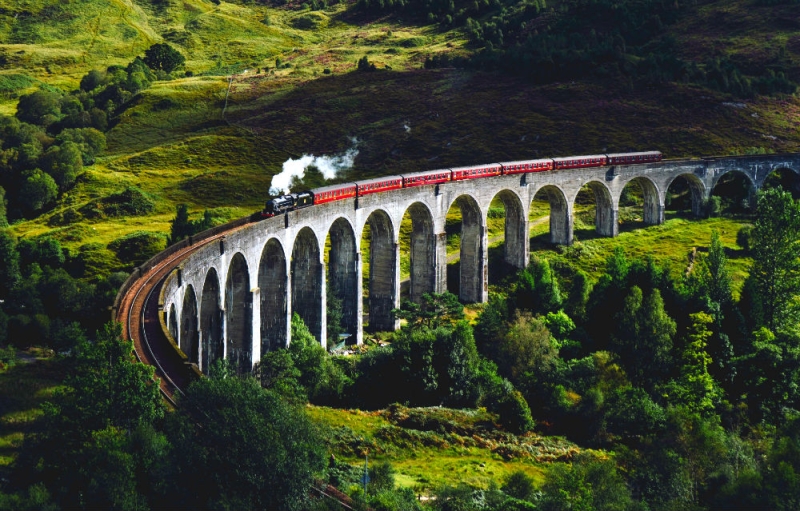
Trains are a real salvation for aerophobes. Why painfully fight with yourself, drink valerian with alcohol and shake with horror the whole way, when you can just relax and enjoy the trip? Besides, trains are much more comfortable than planes, often cheaper and, of course, more romantic. There is no better way to get to know a country than to see it through a train window – villages, small towns and landscapes will float before your eyes that you would never see if you preferred a plane or a car.
We have compiled a selection of our favorite Moscow-Europe train routes for those who are afraid of flying or simply want to experience the romance of the railway.
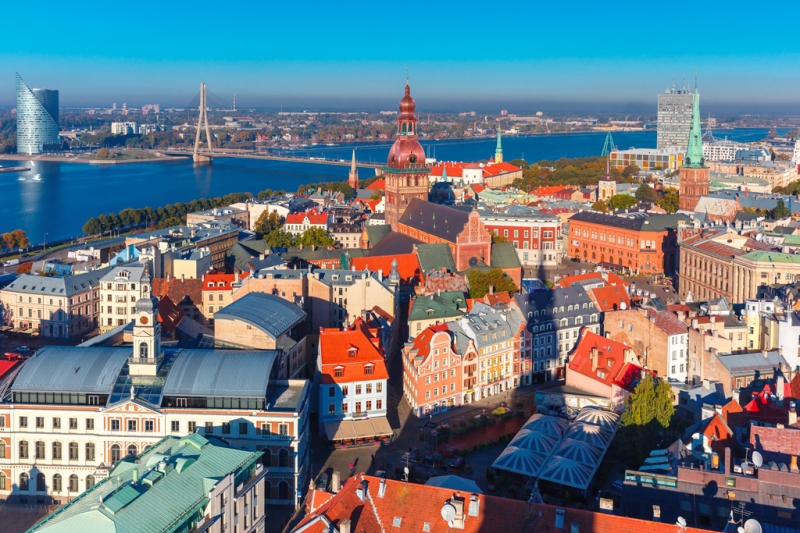
1. Moscow – Riga, “Latvian Express”
The journey from Moscow to Riga will take only one night. The Latvian Express departs from the Riga Station late in the evening and arrives at the Central Station in Riga in the morning. This is especially convenient if your final destination is the Latvian coast of the Baltic Sea; You can change trains to Jurmala without leaving the station building. Electric trains towards the sea depart approximately every 30 minutes; tickets can be bought directly at the station ticket office.
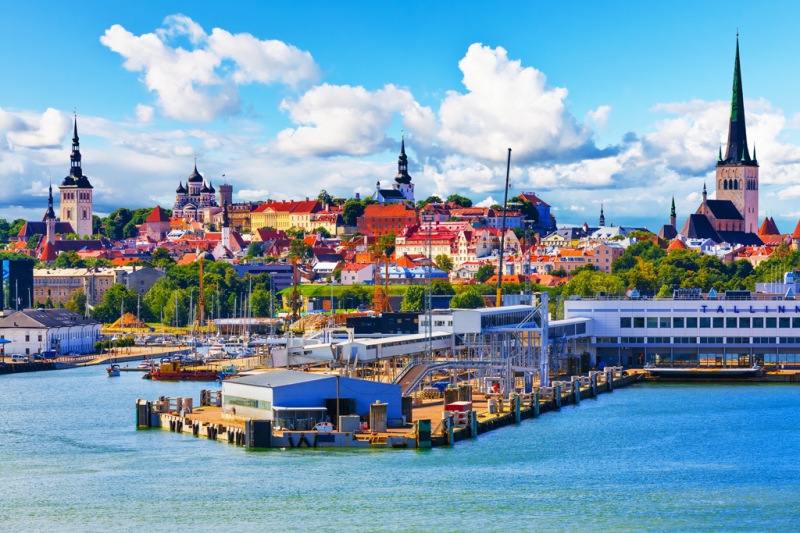
2. Moscow – Tallinn, “Baltic Express”
Among Russian tourists, Tallinn is in less demand than Riga, and completely in vain. Even though the city itself is quite small, its historical center is larger and older than Riga’s. The Baltic Express train runs between the capitals of Russia and Estonia. Travel time to Tallinn is only 14 hours, the train stops in St. Petersburg, Kingisepp and Narva. The Baltic Express departs from Leningradsky Station in the evening, so you will be in Tallinn in the first half of the day. And from Tallinn, if you wish, you can easily get to Riga (by bus) or to Helsinki (by ferry).
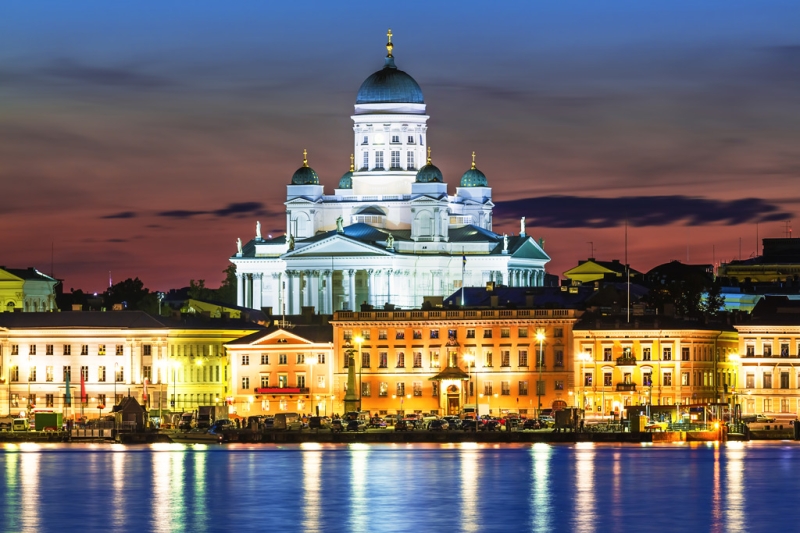
3. Moscow – Helsinki, train “Lev Tolstoy”
The branded train “Lev Tolstoy” has been running on the Moscow – Helsinki route since 1975. This train includes not only the usual compartment and SV carriages, but also business class carriages and even a special car carrier! But keep in mind that to transport your car to Finland, you will have to reserve a place in advance and complete a package of documents. The cost of transportation will depend on the class of the car. On the way, the train makes stops in several Finnish cities, St. Petersburg and Vyborg. When you arrive, start exploring Helsinki directly from the station building, which is an outstanding monument of Finnish architecture.
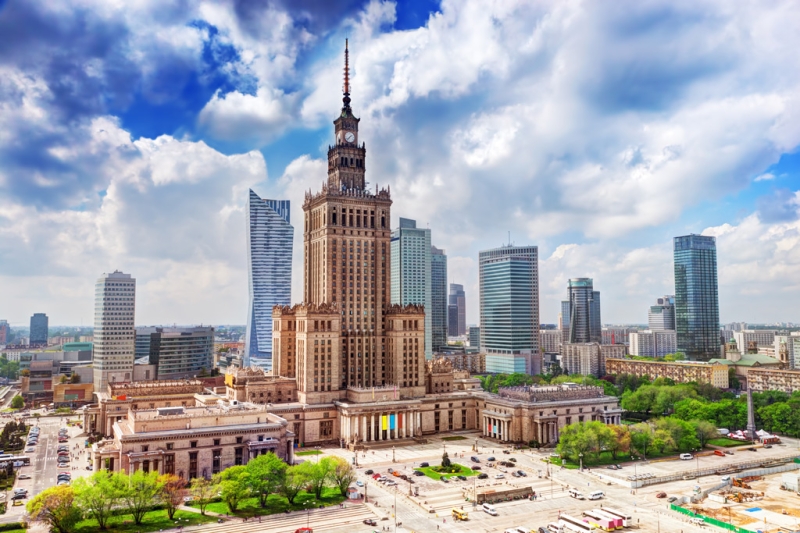
4. Moscow – Warsaw, train “Polonaise”
Tourists are just beginning to discover Warsaw, so you can avoid the monster crowds. In addition to the old city, museums of the Warsaw Uprising and the history of Polish Jews (the latter was recognized as the best museum of 2016 in Europe) should be mandatory items on your program. You can get to Warsaw in less than a day on the Polonaise train, which began running between Moscow and Warsaw back in 1973. Today this route is alternately served by Russian Railways and PKP (Polish State Railways). The Russian train runs new modern cars (2-seater SV and 4-seater compartments),
equipped with dry closets and showers. The road passes through the territory of three states – Russia, Belarus and Poland. In Brest you will have a long stop to change wheels.
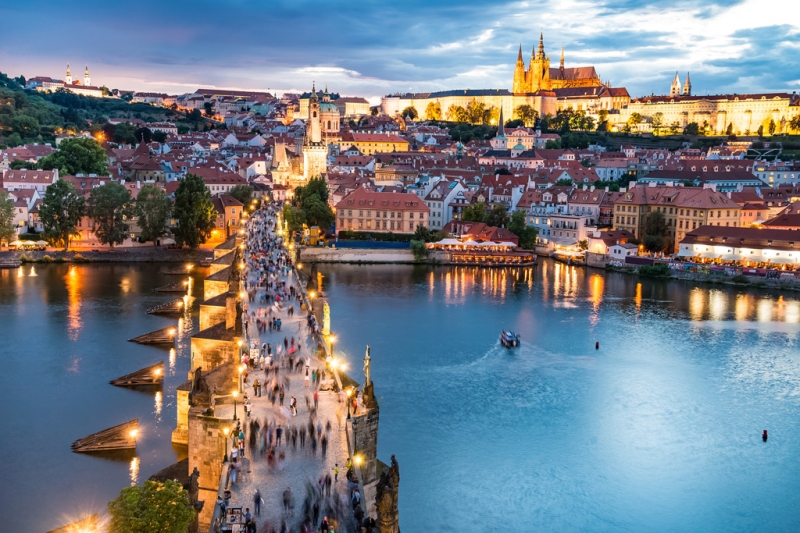
5. Moscow – Prague, train “Vltava”
The well-preserved historical center, amazing architecture and relatively low prices make Prague one of the most popular European capitals. The huge advantage of Prague over other tourist cities is that it is no less beautiful in winter than in summer. In addition, the Czech Republic is located very close to Russia; Moscow and Prague are separated by about 2000 kilometers. This distance can be covered by the Vltava branded train in just 26 hours.

6. Moscow – Karlovy Vary, train “Vltava”
If you decide to travel to the Czech Republic on the Vltava train, why not travel a little further than Prague, to Karlovy Vary? The journey will take you 4 hours longer, but all this time you will be watching from The train windows show beautiful rivers, mountains, lakes and castles. And in Karlovy Vary itself there is a lot to see – from the famous drinking pump rooms to historic hotels and restaurants. And from Karlovy Vary to Prague you can get by train or bus. Please note that this is a rare case when the bus is not only cheaper, but also faster.

